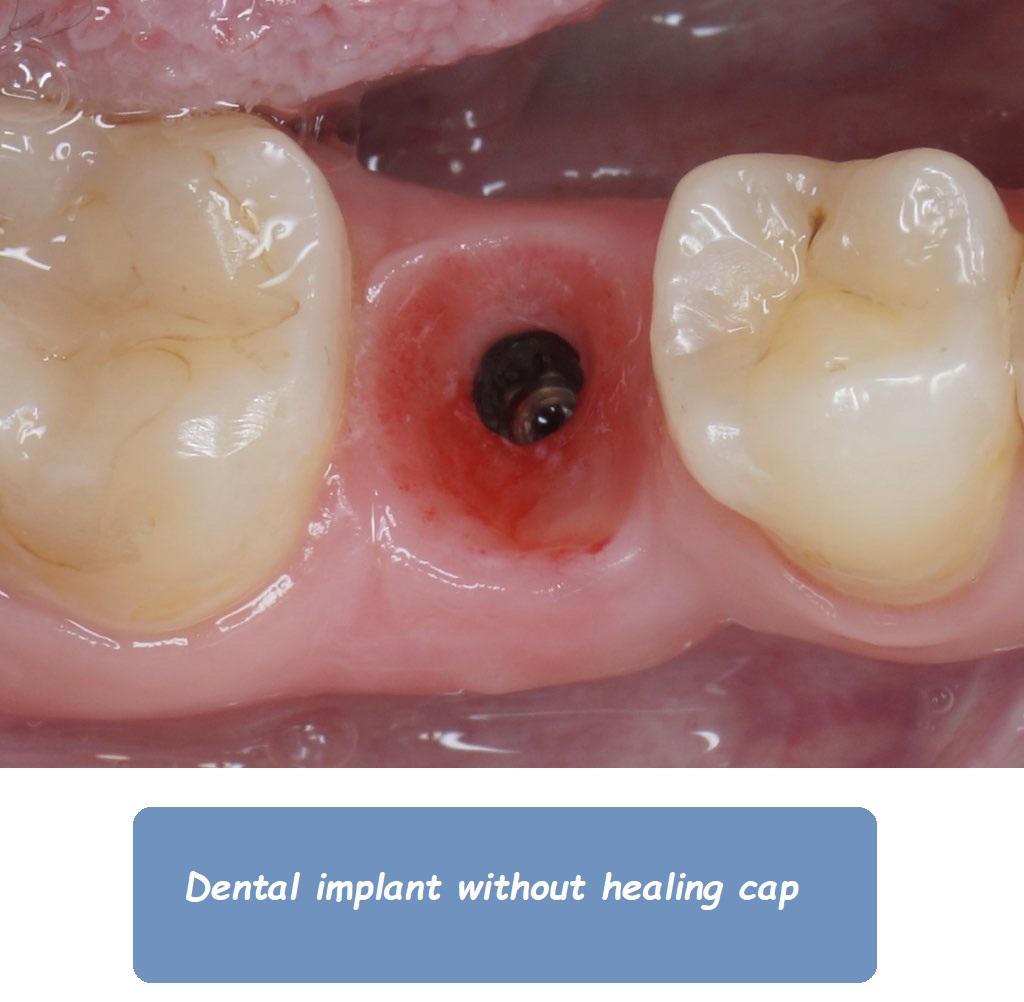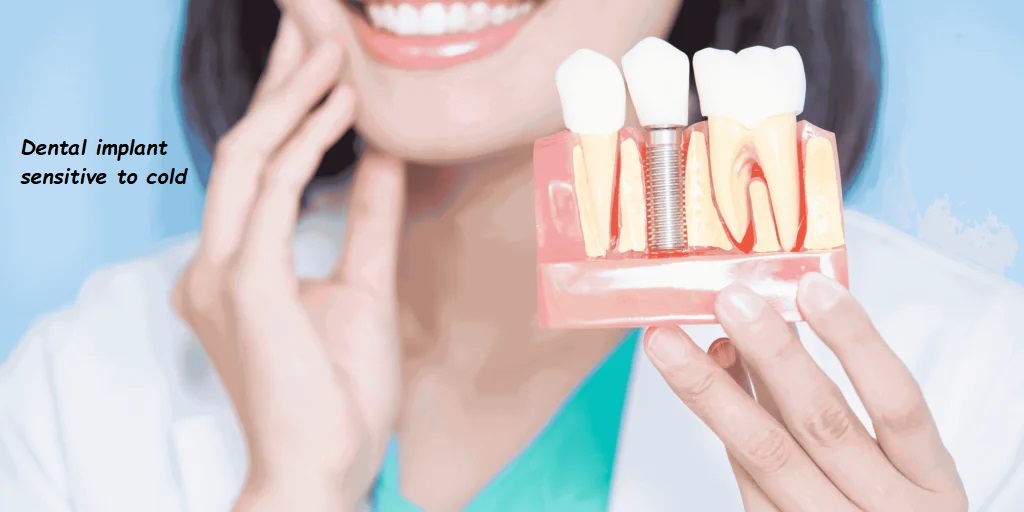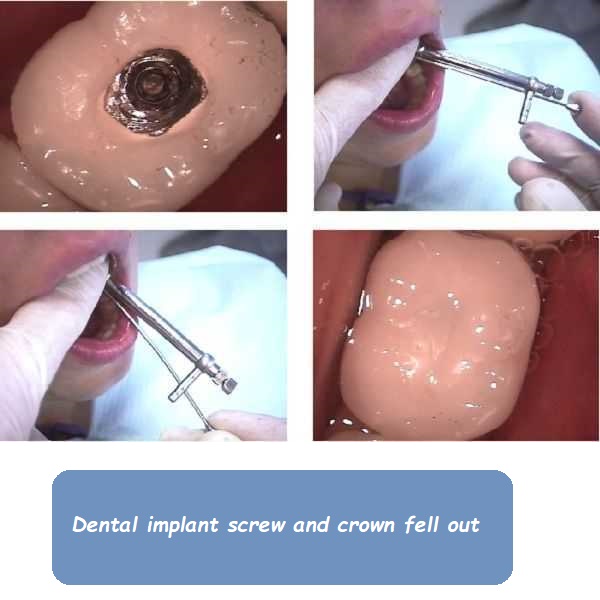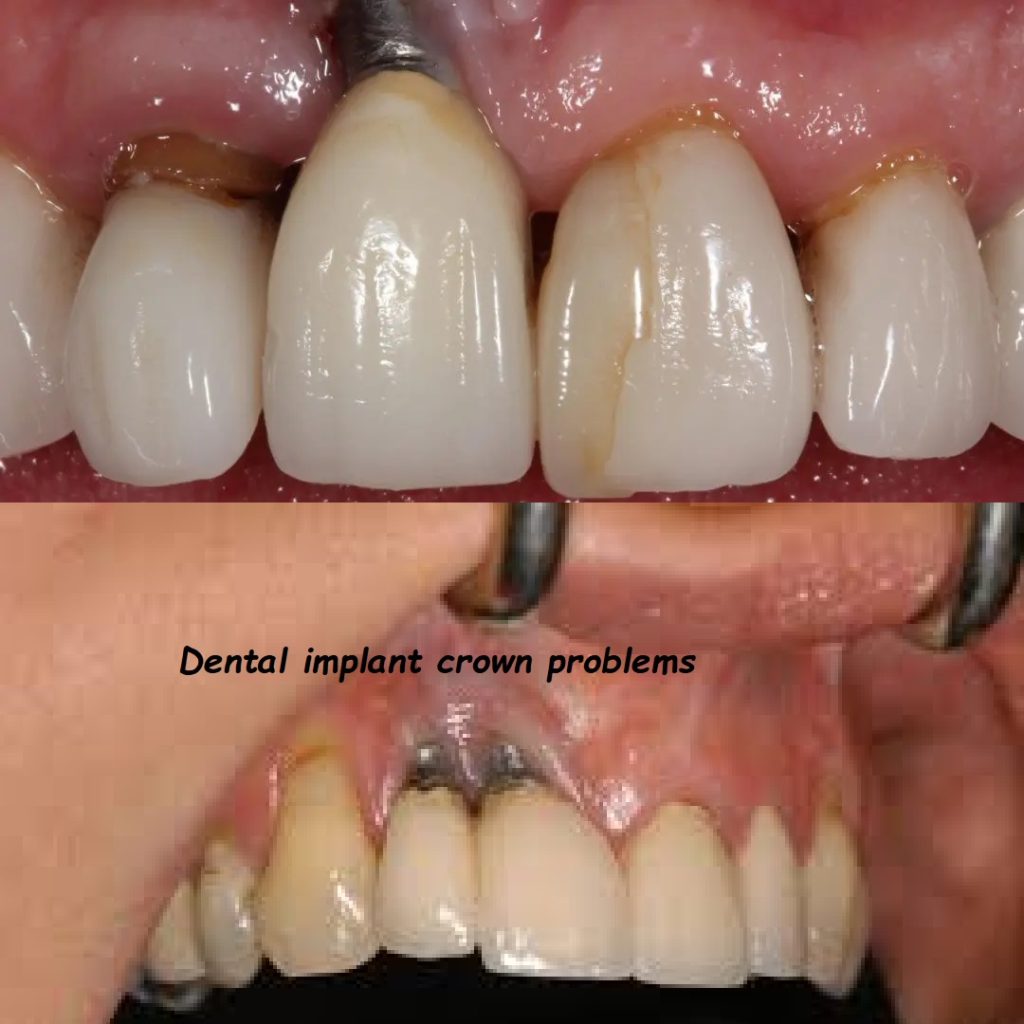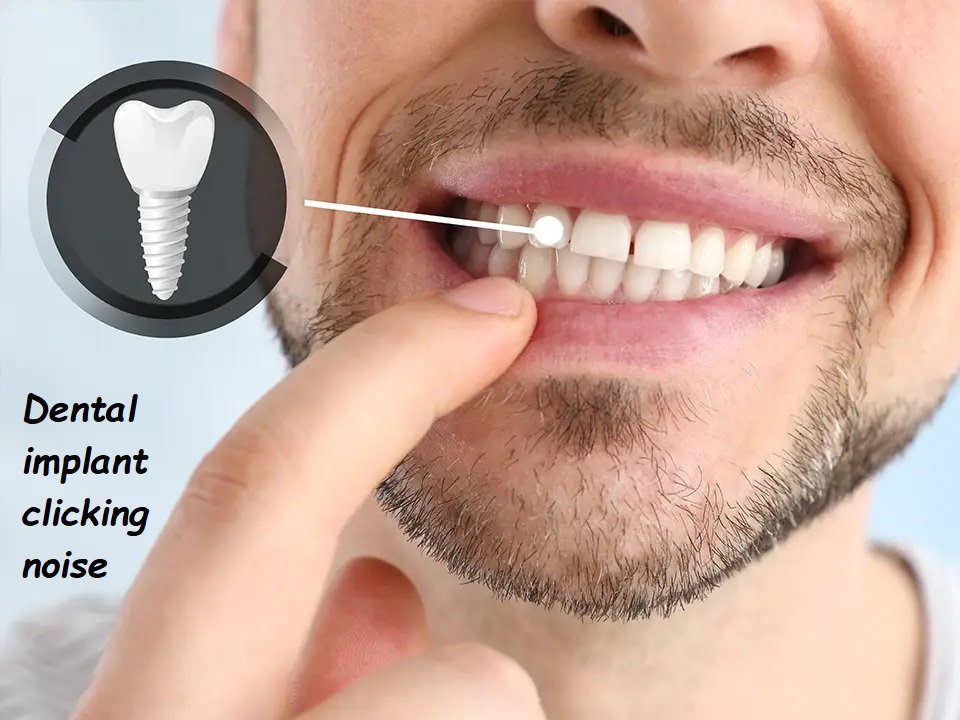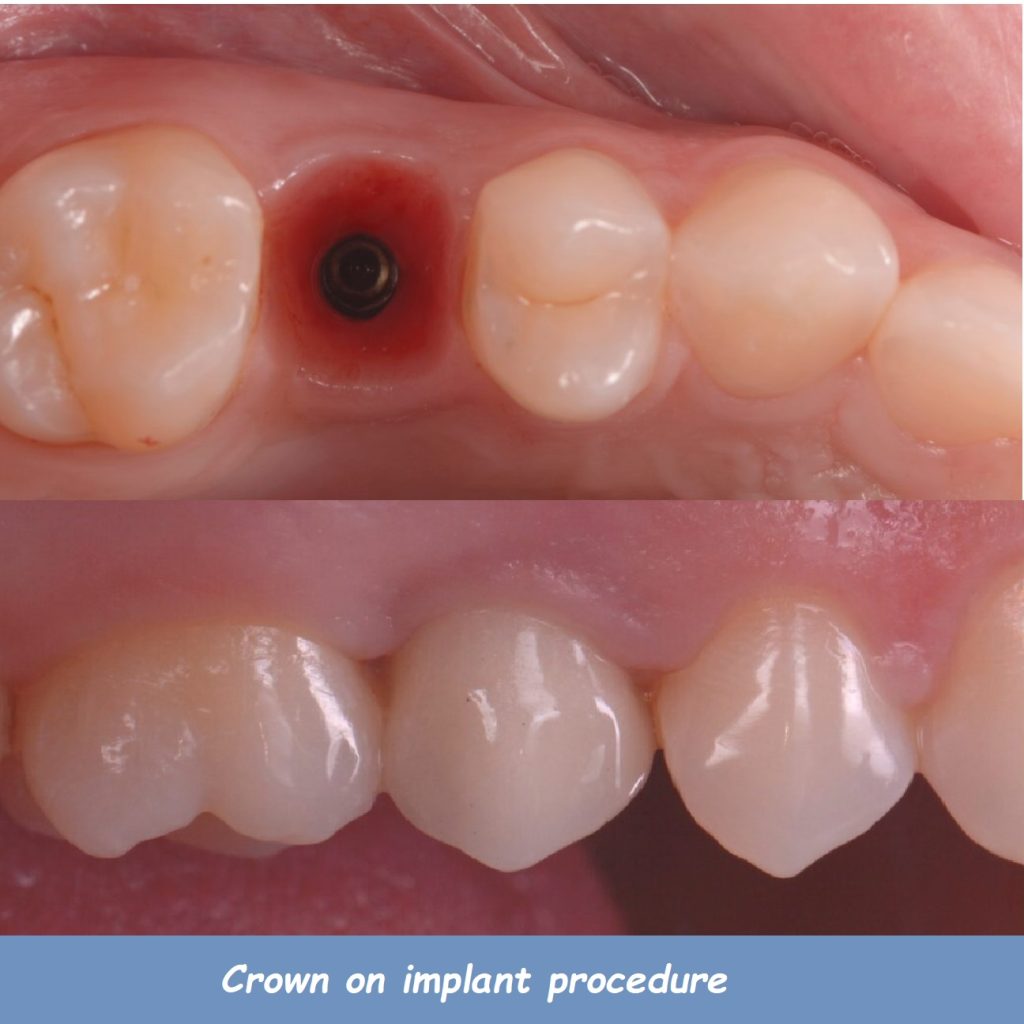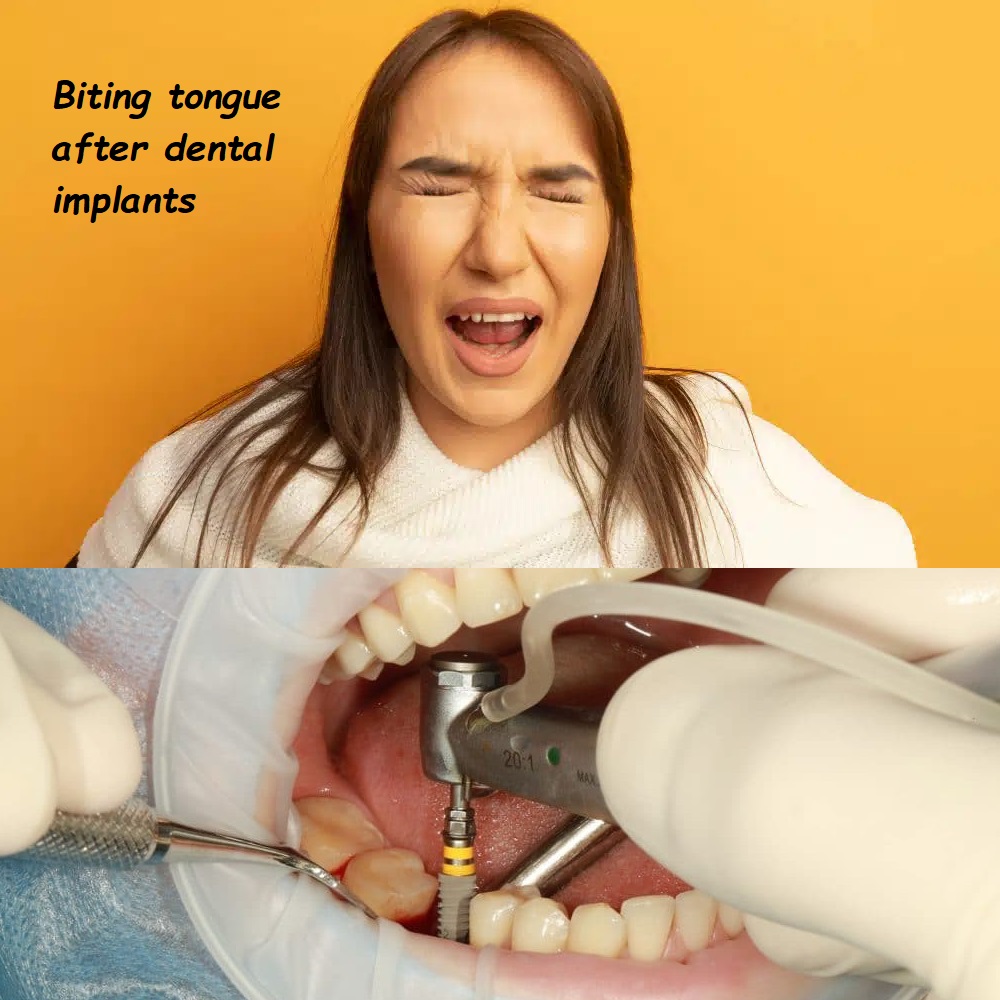does getting a crown on an implant hurt
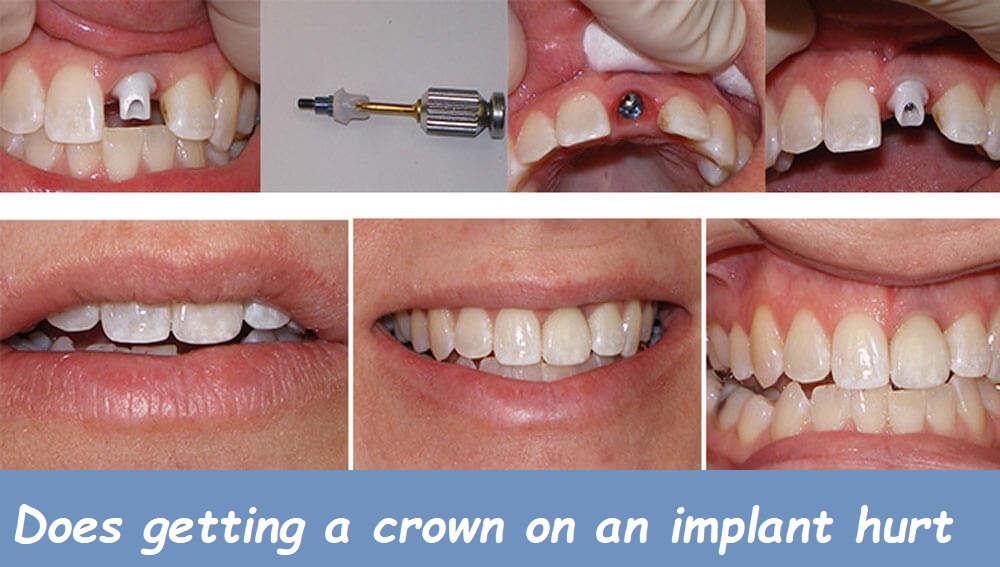
Does Getting a Crown on an Implant Hurt? Understanding the Procedure and Pain Management
Dental implants have become a popular solution for replacing missing teeth, offering a stable and long-lasting alternative to traditional dentures or bridges. One of the final steps in the dental implant process is attaching the crown, which provides the look and function of a natural tooth. A common concern for many patients is whether getting a crown on an implant hurts. In this guide, we will explore the procedure, what you can expect in terms of pain and discomfort, and how to manage any potential discomfort effectively.
Understanding the Dental Implant Process
Before addressing the pain associated with getting a crown on an implant, it’s important to understand the overall dental implant process. Here are the main stages:
- Initial Consultation: The dentist evaluates your oral health, takes X-rays, and develops a treatment plan.
- Implant Placement: A titanium post (implant fixture) is surgically placed into the jawbone, which will act as the root of the new tooth.
- Healing and Osseointegration: Over several months, the implant integrates with the jawbone in a process called osseointegration.
- Abutment Placement: Once osseointegration is complete, an abutment is attached to the implant fixture.
- Crown Placement: The final step involves placing a custom-made crown on the abutment, completing the restoration.
Does Getting a Crown on an Implant Hurt?
The procedure of placing a crown on an implant is generally not painful. Here’s what you can expect during the process:
1. Abutment Placement
The abutment is a small connector that attaches to the implant fixture and supports the crown. This procedure may involve minor surgery if the gum tissue needs to be opened to access the implant. Local anesthesia is typically used to numb the area, ensuring that you do not feel pain during the procedure. Some pressure or discomfort is possible, but it should not be painful.
2. Crown Placement
Once the abutment is in place and the gum tissue has healed, the crown can be attached. The process of fitting and securing the crown is straightforward and usually does not require anesthesia. You might feel some pressure as the dentist ensures the crown fits properly, but this should not be painful.
Managing Discomfort After Crown Placement
While the procedure itself is generally painless, some patients may experience mild discomfort or sensitivity afterward. Here are some tips for managing any potential discomfort:
1. Over-the-Counter Pain Relievers
If you experience any discomfort after the procedure, over-the-counter pain relievers such as ibuprofen or acetaminophen can help alleviate it. Follow the dosage instructions on the label or consult your dentist for recommendations.
2. Avoid Hard or Sticky Foods
For the first few days after crown placement, avoid chewing on hard or sticky foods that could put pressure on the new crown. Opt for softer foods to allow the area to adjust.
3. Maintain Good Oral Hygiene
Keeping your mouth clean is essential to prevent infection and promote healing. Brush and floss gently around the crown and implant site, and consider using an antibacterial mouthwash if recommended by your dentist.
4. Follow Post-Procedure Instructions
Your dentist will provide specific instructions for care after the crown placement. Follow these instructions carefully to ensure optimal healing and reduce the risk of complications.
When to Contact Your Dentist
While mild discomfort is normal, there are certain signs that may indicate a problem requiring professional attention. Contact your dentist if you experience:
- Severe pain that does not improve with over-the-counter pain relievers.
- Swelling, redness, or signs of infection around the implant site.
- Persistent sensitivity or discomfort when biting or chewing.
- A loose or damaged crown.
Factors Affecting Discomfort Levels
The level of discomfort experienced during and after crown placement can vary based on several factors:
1. Individual Pain Tolerance
Pain tolerance varies from person to person. Some individuals may experience minimal discomfort, while others may be more sensitive.
2. Condition of the Surrounding Tissues
If the gum tissue or surrounding area is inflamed or infected before the procedure, it may contribute to increased discomfort during and after crown placement.
3. Quality of the Dental Work
The skill and experience of the dentist performing the procedure can significantly impact the level of discomfort experienced. A well-performed procedure by a skilled dentist is likely to result in less discomfort.
Benefits of Getting a Crown on an Implant
Despite concerns about potential discomfort, the benefits of getting a crown on an implant far outweigh the temporary discomfort. Here are some advantages:
1. Improved Function
A dental crown on an implant restores full chewing function, allowing you to eat comfortably and enjoy your favorite foods.
2. Enhanced Aesthetics
The crown is custom-made to match the color, shape, and size of your natural teeth, providing a seamless and natural appearance.
3. Long-Term Durability
Dental implants and crowns are designed to be long-lasting, offering a durable solution for tooth replacement with proper care.
4. Improved Oral Health
Dental implants help maintain the integrity of your jawbone and prevent bone loss, contributing to overall oral health.
Preparing for Your Crown Placement
Proper preparation can help ensure a smooth and comfortable crown placement process. Here are some steps you can take:
1. Discuss Your Concerns
Talk to your dentist about any concerns or anxieties you may have regarding the procedure. Understanding what to expect can help alleviate fears and ensure you are mentally prepared.
2. Follow Pre-Procedure Instructions
Your dentist may provide specific instructions to follow before the procedure, such as maintaining good oral hygiene or avoiding certain medications. Adhere to these instructions for the best outcome.
3. Arrange for Aftercare
Plan for a quiet day after the procedure to rest and recover. Have over-the-counter pain relievers on hand and stock up on soft foods that are easy to eat.
Conclusion: Ensuring a Comfortable Crown Placement Experience
Getting a crown on a dental implant is a crucial step in restoring your smile and oral function. While the procedure is generally not painful, some mild discomfort or sensitivity afterward is normal. By understanding what to expect and following your dentist’s care instructions, you can ensure a smooth and comfortable experience.
Remember, the temporary discomfort associated with crown placement is far outweighed by the long-term benefits of having a stable, functional, and aesthetically pleasing tooth replacement. If you have any concerns or experience significant discomfort, don’t hesitate to contact your dentist for professional advice and care.
With the right preparation and care, you can enjoy the full benefits of your dental implant and crown, leading to improved oral health and a confident smile for years to come.


